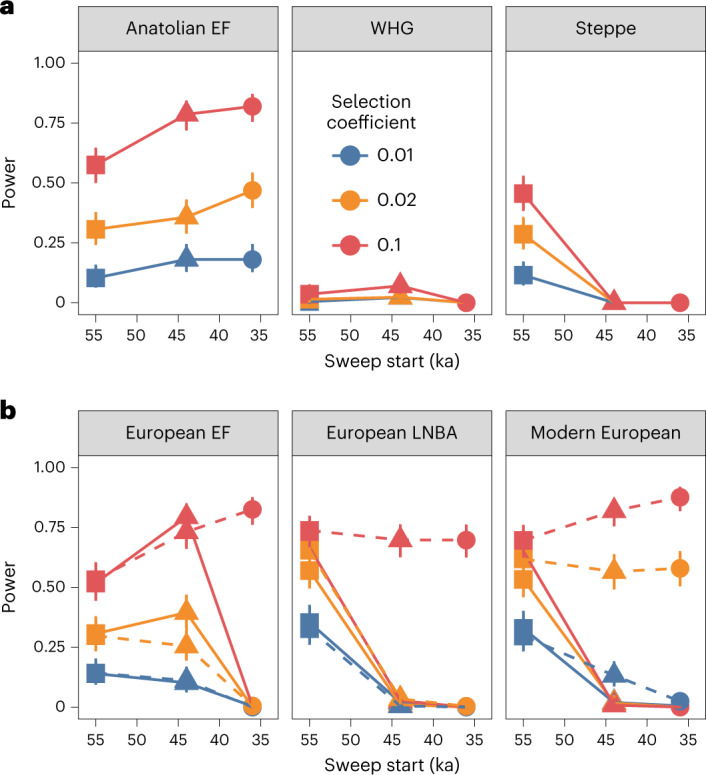Fig. 5. Investigating the influence of admixture on sweep detection in modern populations.

a,b, Sweep detection power was estimated for selected loci simulated using a realistic Eurasian demographic model (Fig. 2a and Supplementary Fig. 19) with sample sizes based on empirical observations (that is, Anatolian EF, n = 28; WHG, n = 45, Steppe, n = 68; European EF, n = 78; European LNBA, n = 192; and Modern Europeans n = 200). Sweeps were timed to start before the diversification of the Eurasian founding population (55 ka) or following the separation of population branches that eventually gave rise to Steppe (44 ka) or WHG populations (36 ka). Mean power and 95% confidence intervals (measured at a FPR of 0.1%) are shown relative to the onset of selection in (a) the three European source populations (Anatolian EF, WHG and Steppe) as well as in (b) three admixed populations following the mixing of WHG and Anatolian EF at 8.5 ka (European EF, sampled at 7 ka) and the European EF and Steppe herder admixture at 4.5 ka (LNBA and Modern Europeans, sampled at 4 ka and 0 ka, respectively). Only beneficial mutations preceding the initial diversification of Eurasian lineages at 55 ka are evident in all populations when the selection pressure does not persist following the admixture events, with sweeps starting before 44 ka also detectable in European EF as they are shared by both source populations (b, solid lines). Notably, power increased appreciably for strongly selected loci (s ≥ 0.02) when selection was allowed to continue in the postadmixture phase (b, dashed lines) owing to these loci refixing following the admixture event.
